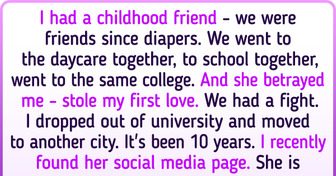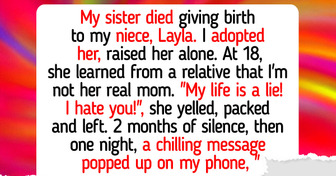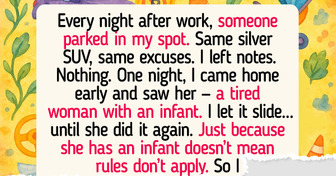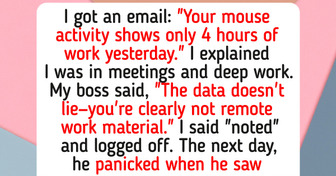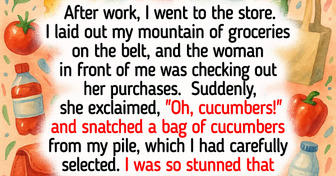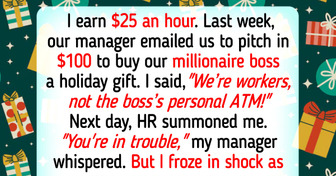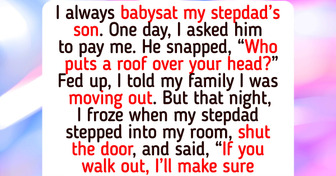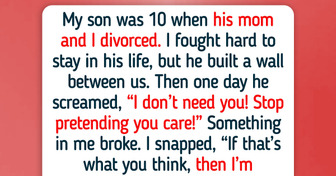18 Stories About Rich People Who Seem to Live in a Different Universe
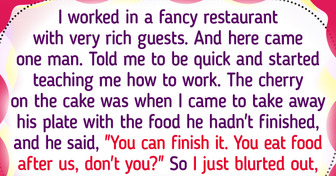
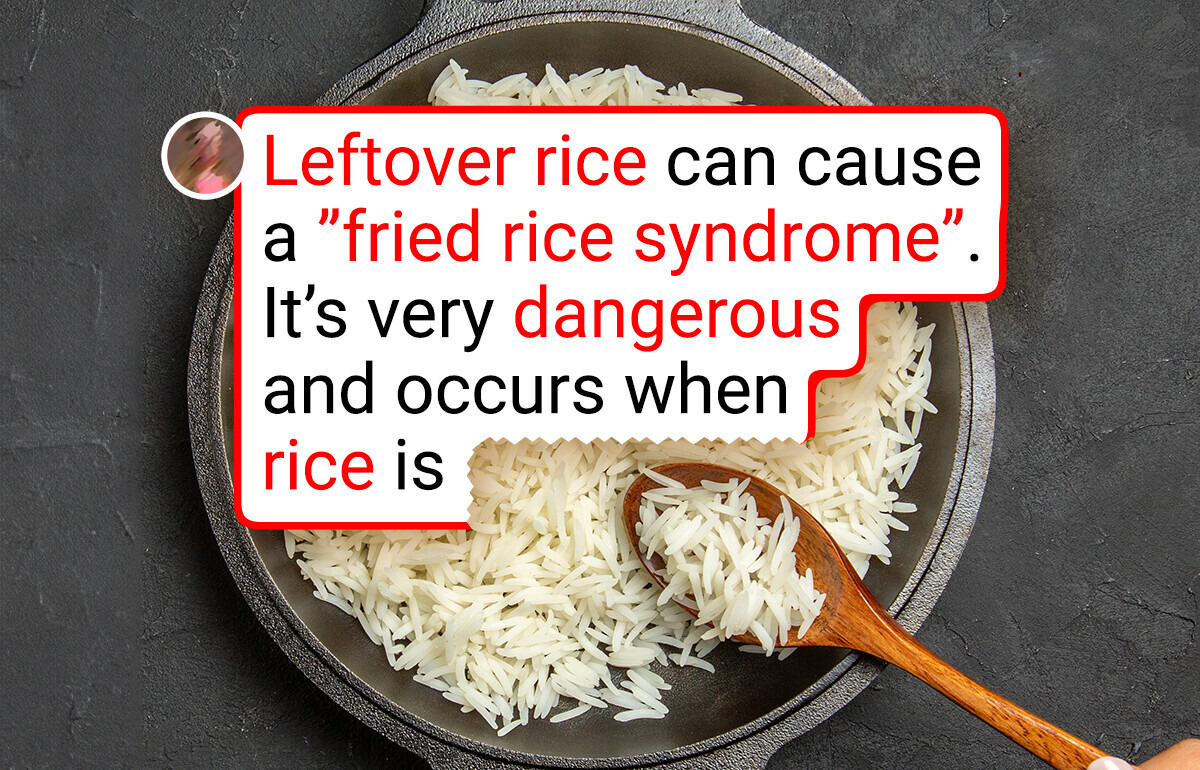
We like to think danger looks like something obvious — a knife, a fire, a fall from a cliff. But sometimes, it’s a cute little houseplant. Or the way you sit at your desk. Or even a glass of water at the wrong time.
It’s terrifying, but true: the world is full of silent threats hiding in plain sight. No horror movie, no dramatic warning — just everyday life, with a dark side nobody talks about. You’re not jumping out of a plane. You’re not racing a car at 150 mph. You’re just... living. Eating, cleaning, relaxing, exercising — the stuff we all do without a second thought.
But what if we told you, some of those harmless-looking things could actually be lethal? Read carefully — some of them are going to shock you.
Rice is a popular product that people often prefer to cook in bulk. It is critical to understand how to store it safely. To help keep you and your family safe, you should also understand how long rice can sit out, how to reheat it safely, and when to throw away leftovers containing rice.
Bacillus cereus is a bacterium that forms spores on rice, pasta, and other foods. It is usually harmless in small numbers. However, if you leave food containing the bacteria at room temperature for too long, the spores multiply quickly and release toxins. Unlike most other bacteria and contaminants that lead to food poisoning, Bacillus cereus toxins are heat-resistant. They also survive the digestive process and can even grow within the intestines.
Leftover rice can cause a “fried rice syndrome”. It’s very dangerous and occurs when rice is heated and left out too long. Dieticians explained why leaving rice without storing it in the fridge can be dangerous by referring to the “temperature danger zone”.
“If something is supposed to be refrigerated, and it reaches above 40F degrees, bacteria can start to grow,” Weir explained. “On the other hand, something that is supposed to be hot, like that rice that was cooked, cools down below 140F. That is also in the temperature danger zone,” Kyndall Weir, a sports dietician explained.
Chemicals often carry a bad reputation — the “necessary evil” we’d rather do without. We swap them for “natural” alternatives, experiment with homemade solutions, or search for gentler versions that feel safer for our families. Deep down, we just want to protect ourselves — and that’s completely understandable.
But the truth is, chemicals aren’t the enemy. They make our lives cleaner, easier, and safer in many ways — if we use them with respect. That means following instructions, not cutting corners, and never underestimating what a single wrong mix can do.
Because here’s the harsh reality: Some people, in an innocent attempt to boost cleaning power, have ended up mixing products that created deadly chemical reactions. We’re talking toxic clouds of gas — invisible, odorless, and lethal in minutes.
Cleaning shouldn’t be a life-or-death risk. But if we’re not careful, that’s exactly what it can become.
Meet Naegleria fowleri — aka the “brain-eating amoeba.” Yeah, it sounds like something straight out of a horror movie... and honestly, it kind of is.
This tiny little terror lives in warm freshwater — places like lakes, rivers, hot springs, and sometimes even swimming pools that haven’t been properly cleaned. It’s basically just chilling, feeding on bacteria and doing its own thing... until it ends up in the wrong place: your nose.
That’s right — if water containing this amoeba gets up your nose (usually while swimming or diving), it can travel to your brain. Once there, it causes a super rare but incredibly deadly infection called PAM (short for primary amoebic meningoencephalitis).
The scariest part? There’s no big warning sign. One minute you’re swimming, the next you might get a headache, fever, or feel out of it — and things can go downhill fast. Almost no one survives it.
We all know accidents happen — sometimes in the blink of an eye. But imagine this: you’re in the car, sipping your iced coffee with a metal straw, and suddenly — bam! — a sudden stop or a crash.
That sleek little eco-friendly straw turns into a metal spike aimed right at your mouth, or worse, your throat. Sounds dramatic? It’s happened. And it’s a scary reminder that something as simple as taking a sip can turn dangerous if you’re on the move.
So here’s the rule: never use a metal straw while walking, riding, or driving. That quick sip isn’t worth the risk — no matter how good your drink is.
These colorful decorations appear to be the “leading cause of FATAL choking worldwide”, according to Nikki Jurcutz, a paramedic from Australia. In her viral educational video for parents, Nikki can be seen blowing up a red balloon before bursting it. “Balloons are a massive choking hazard,” Nikki warned. “They are really light, they are wet from the saliva inside.”
Nikki showed viewers what happens when a balloon gets stuck in a child’s airway. “Remember that because it’s a really light sticky area and the balloon is really light and sticky too, it’s even harder,” she said. “The difficulty with these non-food choking items is that they’re actually really difficult to get out, even with back blows or any type of pressure.”
In her video, Nikki compared balloons to hard food items such as peanuts or grapes, where back blows were good at dislodging items from an airway. However, in the case of a balloon, even if a back blow were to work, it would soon become stuck to the other side of the airway rather than popping out.
Dogs are awesome — they bring us joy, love, laughs... and sometimes, doctors hypothesize, they can bring weird infections. Take this case: an 86-year-old woman in Israel ended up in the hospital with a bacterial infection that doctors think came from her puppy licking her. Seriously.
She showed up at the hospital feeling awful — fever, nausea, vomiting, and pain in her leg. She was in a wheelchair and had health issues like diabetes and rheumatoid arthritis. Doctors found she had a fever, a racing heart, and cellulitis on her ankle and lower leg. Her skin was red, swollen, and tender.
On top of that, she had cuts between her toes, which probably made it easier for bacteria from the dog’s saliva to get in. In this case, the woman noted that she owned a few puppies that frequently licked her feet, according to the report. It’s “highly likely” that the puppies infected her with these bacteria, but it’s not certain because the authors didn’t take samples from the pets.
Yeah, exercise is great — but overdoing it can backfire in a big way. When you push your body too hard, your muscles get damaged and start breaking down. That’s normal to a point, but if the damage is extreme, it can release a protein called myoglobin into your bloodstream, and that can mess with your kidneys.
This condition is called rhabdomyolysis, and it’s no joke. It can lead to kidney failure, heart rhythm problems, electrolyte imbalances, and even blood clots. If it’s not treated quickly, it can actually be fatal.
You know how digging holes in the sand at the beach seems like harmless fun? Well, it turns out that this activity can be more dangerous than most people realize. In fact, more people have died from sand hole collapses than from shark attacks.
From 1990 to 2006, there were 16 reported deaths in the U.S. due to sand hole collapses, compared to 12 fatal shark attacks during the same period. These incidents often involve children and young adults, with victims ranging in age from 3 to 21 years old.
Sand might seem light and fluffy, but it’s actually quite heavy. Dry sand weighs about 100 pounds per square foot, and when a hole collapses, it can bury a person instantly. The weight of the sand makes it nearly impossible to breathe or move, leading to suffocation within minutes.
Rescuing someone from a collapsed sand hole is extremely challenging. As rescuers dig, the sand continues to collapse, making it difficult to reach the victim in time.
Let’s talk about something that seems small but can cause big problems: lint. Yep, that fuzzy stuff you pull out of your dryer’s lint trap? It’s super flammable. And if you don’t clean it out regularly, it can build up inside your dryer or vent, overheat, and catch fire.
According to the U.S. Fire Administration, around 2,900 dryer fires happen every year in homes — and the top reason is people not cleaning out their dryers. That’s about 100 injuries, 5 deaths, and $35 million in damages each year.
Lint comes from your clothes as they tumble dry. Most of it collects in the lint filter, but a lot sneaks into the dryer vent and exhaust duct. When that builds up, your dryer works harder, heats up more, and becomes a fire risk — especially if lint ends up near the heating element.
Resistance bands—those stretchy fitness tools that are super popular for home workouts. They’re convenient, affordable, and great for toning. But here’s the thing: they can be surprisingly dangerous if not used properly. Resistance bands might look harmless, but they’ve been linked to serious injuries, especially when they snap or slip unexpectedly.
Eye Injuries: A study from the University of Miami reported multiple cases where resistance bands caused eye injuries, including iritis, hyphema, and even retinal detachment. Some patients experienced long-term vision loss.
Facial and Head Trauma: There have been instances where bands recoiled and caused facial fractures or even skull injuries. One case involved a patient sustaining a complex ocular trauma when a band snapped during a chin-up exercise.
Product Recalls: Due to safety concerns, several resistance bands have been recalled. For example, some products were recalled because the bands could separate from the handle and strike users, posing an injury hazard.

